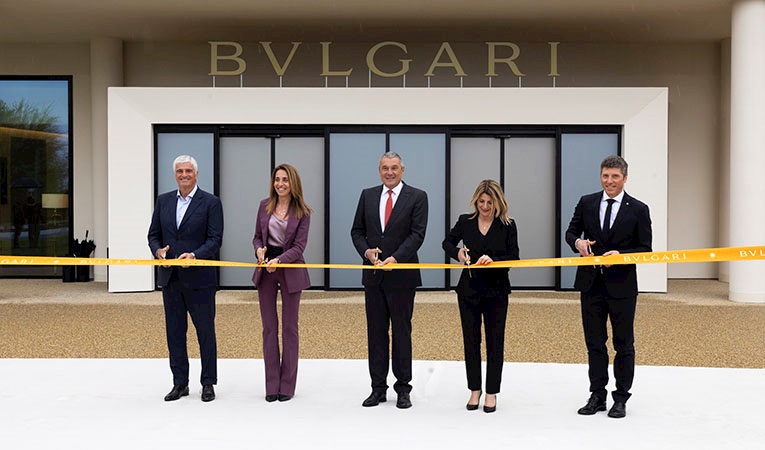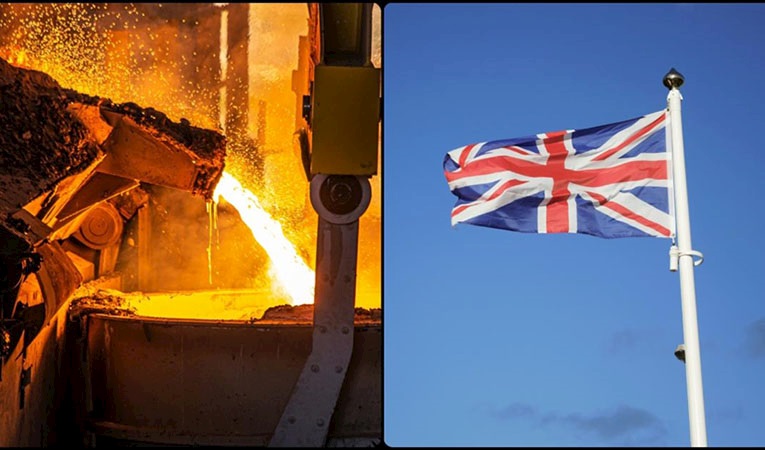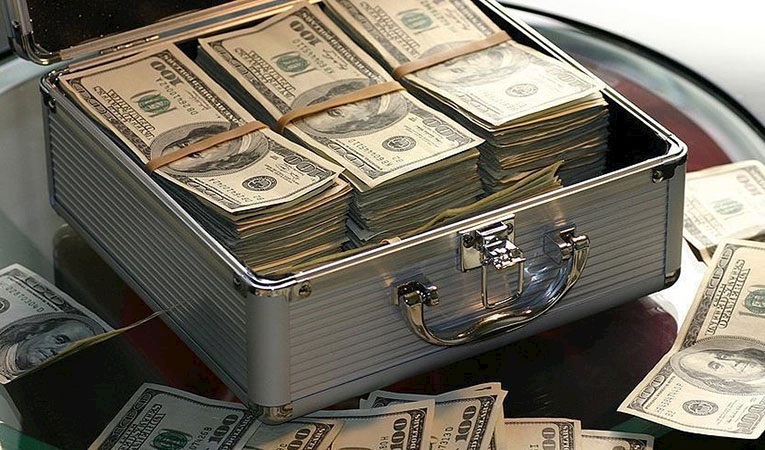
-
BIST 100
 9317,24%-0,84En Düşük9288,98En Yüksek9433,80
9317,24%-0,84En Düşük9288,98En Yüksek9433,80 -
DOLAR
 38,09%0,18Alış37,9724Satış38,2087En Yüksek38,1915
38,09%0,18Alış37,9724Satış38,2087En Yüksek38,1915 -
EURO
 43,24%0,00Alış43,2394Satış43,2424En Yüksek43,6578
43,24%0,00Alış43,2394Satış43,2424En Yüksek43,6578 -
EUR/USD
 1,14%0,23Alış1,1391Satış1,1392En Yüksek1,1398
1,14%0,23Alış1,1391Satış1,1392En Yüksek1,1398 -
ALTIN
 4058,62%-0,24Alış4046,03Satış4071,21En Yüksek4081,33
4058,62%-0,24Alış4046,03Satış4071,21En Yüksek4081,33
-
BIST 100
 9317,24%-0,84En Düşük9288,98En Yüksek9433,80
9317,24%-0,84En Düşük9288,98En Yüksek9433,80 -
DOLAR
 38,09%0,18Alış37,9724Satış38,2087En Yüksek38,1915
38,09%0,18Alış37,9724Satış38,2087En Yüksek38,1915 -
EURO
 43,24%0,00Alış43,2394Satış43,2424En Yüksek43,6578
43,24%0,00Alış43,2394Satış43,2424En Yüksek43,6578 -
EUR/USD
 1,14%0,23Alış1,1391Satış1,1392En Yüksek1,1398
1,14%0,23Alış1,1391Satış1,1392En Yüksek1,1398 -
ALTIN
 4058,62%-0,24Alış4046,03Satış4071,21En Yüksek4081,33
4058,62%-0,24Alış4046,03Satış4071,21En Yüksek4081,33
- Anasayfa
- Haberler
- Tüm Haberler
- Trying to Ensure a Soft Economic Landing
Trying to Ensure a Soft Economic Landing
When it comes to economic takeoff there are few countries which can compete with Turkey. When a crisis or recession starts in another country it lasts for years. But in Turkey every crisis is immed...
When it comes to economic takeoff there are few countries which can compete with Turkey. When a crisis or recession starts in another country it lasts for years. But in Turkey every crisis is immediately followed by a return to growth.
Most of our economists and businessmen overlook this special characteristic of the Turkish economy. After the 1994 crisis Koç Holding’s forecast for growth in 1995 was 1 percent. Yet the economy grew by 8 percent. After the 2001 crisis most people were saying “This crisis will last for at least three years”. But the economy not only immediately returned to growth in 2002 but it grew by 7.9 percent.
Yet we are not very successful when it comes to ensuring a soft landing for an expanding economy. Crisis alarm bells usually ring at the end of periods of excessive growth. After growth in 1992 and 1993, in 1994 instead of a soft landing the economy crashed. We also failed to ensure a soft landing after the rapid growth of 1995-1997. In 1999 the economy contracted by 6.1 percent. This was partly the result of two major earthquakes, but even if they had not occurred growth would still have been negative. Rapid growth in 2000 was followed the next year by another economic crash.
Redundance
In fact, the main reason why we have not succeeded in securing a soft economic landing is that we have not exerted much effort. Governments have become bewitched by the benefits of rapid growth and have not looked warmly on proposals to slow the economy down. These proposals are seen as being redundant.
The negative developments that will occur as the result of rapid growth are always downplayed. In developed countries rapid growth produces fears of the possibility of an increase in inflation. For years there was nobody who attached any importance to inflation. There was always a belief that the current account deficit produced by rapid growth could be financed. As the current account deficit expanded in 1993, we put our trust in the hot money to which we had been introduced after the freeing up of capital movements in 1989. As the current account deficit rose in 2000 we went on about “having the IMF behind us”.
In fact, there are still those who think the same way. As the current account deficit has grown this year there have been economists who have argued that it will be easily contained through the floating exchange rate system. There are also those who place excessive faith in the inflows of forex of uncertain origin that appear in the net errors and deficiencies line item.
Government seeking preventative measures
But it looks as those currently in charge of the economy are taking a more realistic view than their predecessors. In last month’s inflation report the Central Bank noted that an increase in the current account deficit could be dangerous and recommended that the government take ‘selected preventative measures’. Then the IMF issued a warning about the current account deficit and the government went to work to try to ensure a soft economic landing.
In fact, the first measure to counter the rise in the current account deficit was taken last May. In order to reduce demand for automotives, which was playing an important role in the boom in imports and the growth in the current account deficit, the incentives to trade in old cars were halved.
Consumer credits, which economists had argued were whipping up demand and playing an important role in the overheating of the economy, were the government’s second target. The Resource Utilization Support Fund (RUSF) levy on consumer credits was last month raised from 10 percent to 15 percent. The aim was to increase the cost of credits and reduce demand.
Will it be enough?
But there are doubts about whether these measures will be enough to ensure a soft landing for the economy. The halving of the incentives to trade in old cars resulted in some slowing of the demand but it was not enough to stem the rise in demand for imports.
Bankers said that, as the 5 percentage point increase in the RUSF would only result in a small additional cost to the consumer, it would not produce a fall in credit utilization. For example, the additional cost for a TL 5 billion, 12-month loan at an interest rate of 2.5 percent was just TL 45 million.
Under these circumstances, it is possible that the government will introduce new measures in the days ahead. But it does not have a lot of measures at its disposal and there are serious doubts about whether they would be effective. For this reason there is no agreement on what measures could be taken.
Some of the measures that have been proposed by economists to try to prevent the rise in the current account deficit contradict each other. For example, some argue that the Central Bank should raise interest rates, others just the opposite and that they should lower interest rates.
Fundamental differences of opinion
This contradiction is the result of different opinions about whether imports are more sensitive to the exchange rate or to economic growth. Those who argue that imports are more sensitive to changes in the exchange rate propose measures that would raise the exchange rate, while those who argue that only an economic slowdown will reduce imports call for measures to reduce domestic demand.
Those who maintain that the Central Bank should reduce interest rates say that TL investments would then unravel and that there would be an increase in demand for forex. This would result in an increase in the exchange rate. This would also produce a rise in exports, a fall in imports, and thus correct the imbalances in foreign trade.
Those who argue that the Central Bank should raise interest rates say that, under these circumstances, the demand for consumption and investment would fall and the economy would slow down. This would also reduce imports and result in a shrinking of the current account deficit.
Watch the side-effects
But another picture emerges when one considers the side-effects of these measures. If interest rates are reduced, both investment and consumption will rise and economic growth will accelerate. This rapid growth would produce a rise in imports and thus an increase in the current account deficit.
On the other hand, if interest rates are raised, there is a possibility that TL investments will become more attractive and those in foreign exchange less appealing. In such a situation the exchange rate will remain low and imports will continue to be attractive. This could prevent the realization of the expected correction in the current count deficit.
The Central Bank’s decision to keep interest rates stable for months, looking as if they have no intention of either raising or lowering them, may be because of the side effects of any decision. In order to prevent the possibility of the side effects derailing everything, the Central Bank currently prefers to pursue a passive interest rate policy.
The impact of direct intervention
There is another measure which has been proposed by those who believe that imports are sensitive to the foreign exchange rate and that is for the Central Bank to intervene directly in the foreign exchange market and raise the foreign exchange rate. But if it was to do something like this then it would mean that it was abandoning the floating exchange rate policy and this would require a radical readjustment of economic policy.
Moreover, studies by experts at the Central Bank show that imports are less sensitive to changes in the exchange rate than they are to economic growth. Under these circumstances, a dramatic rise in the exchange rate would be needed if imports are to be reduced. If the exchange rate undergoes such an increase then this would undoubtedly lead to a rise in inflation. The Central Bank is focusing primarily on inflation and for this reason it does not favor a significant rise in the exchange rate.
STANDSTILL ERA IN INFLATION
After declining rapidly through the first months of the year, in May annual inflation fell to single figures for the first time in 33 years and during the summer months it has come to a virtual standstill. In June annual consumer inflation remained at the 8.9 percent level to which it had fallen in April, before rising slightly to 9.6 percent in July.
In fact, inflation had been expected to come to a standstill in the summer months. Last year inflation was negative during the summer. It was not expected to be any lower this year. Indeed there were those who expected a rise in inflation in May as a result of the rise in the exchange rate and the increases in fuel prices. But the rise in the exchange rate and the increase in fuel prices did not have the expected impact on inflation.
The Central Bank and the government expect there to be a slight rise in inflation during the second half of the year and have set a target of 12 percent at year-end 2004. But most economists believe that inflation will be below the target by the end of the year. According to a survey by the Central Bank the average forecast for year-end inflation was for it to fall to 10.6 percent.
Of course there are not a few economists who forecast that inflation will be above target at the end of the year. These people believe that an increase in the price of oil and concerns about the current account deficit have raised the possibility of a devaluation.
It will be much easier to forecast the year-end inflation rate after the end of the next two months. If the inflation rate remains at a reasonable level during September and October which are traditionally when it rises, then the current standstill in inflation may continue until the end of the year. Inflation, which closed 2003 at 18.4 percent, could halve to close 2004 at around 9 percent.
Türkiye ve dünya ekonomisine yön veren gelişmeleri yorulmadan takip edebilmek için her yeni güne haber bültenimiz “Sabah Kahvesi” ile başlamak ister misiniz?






.jpg)